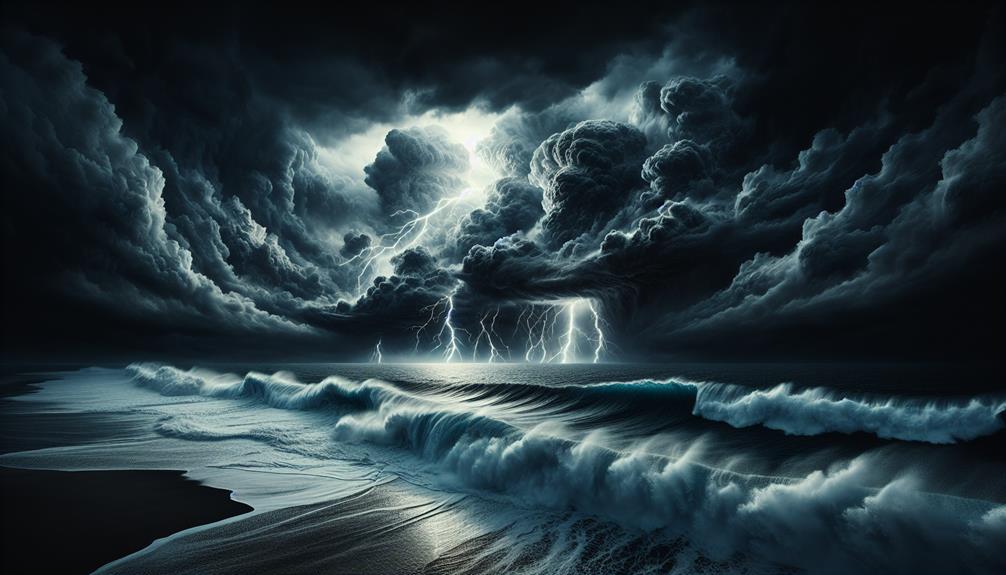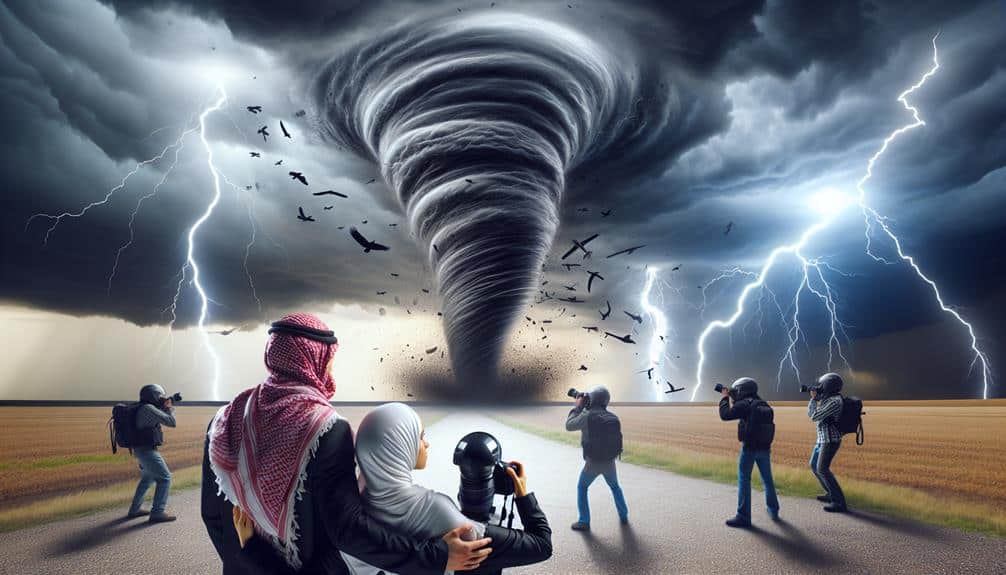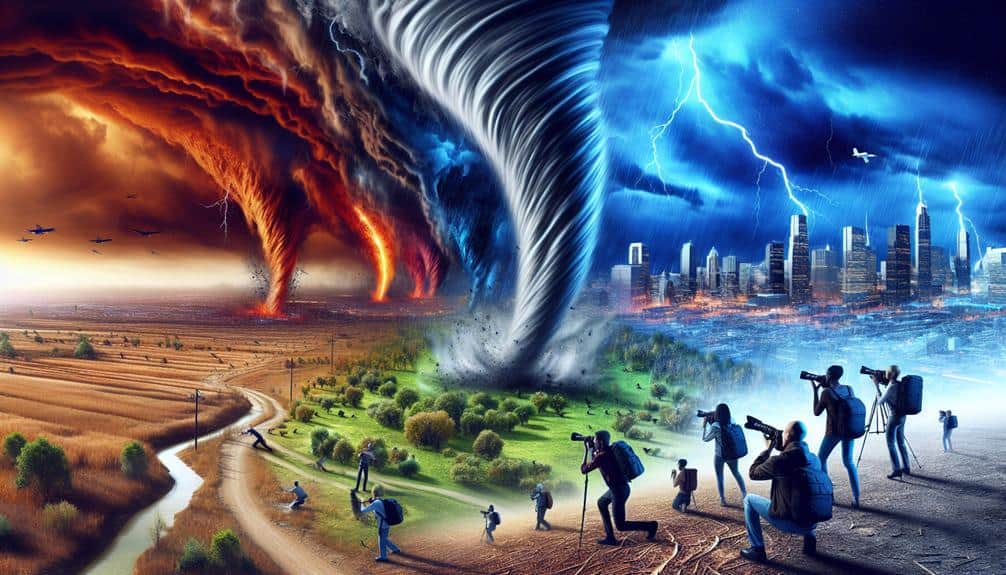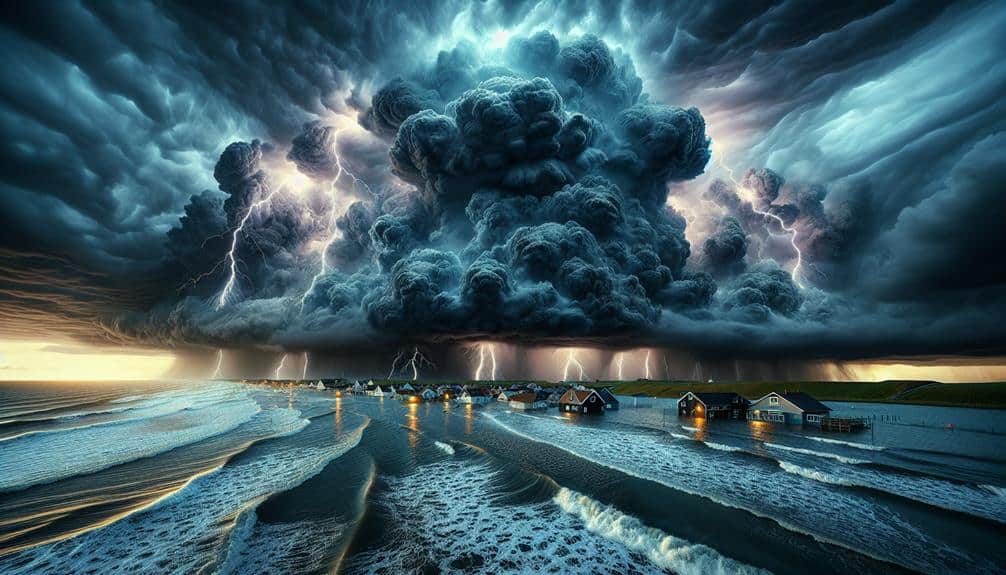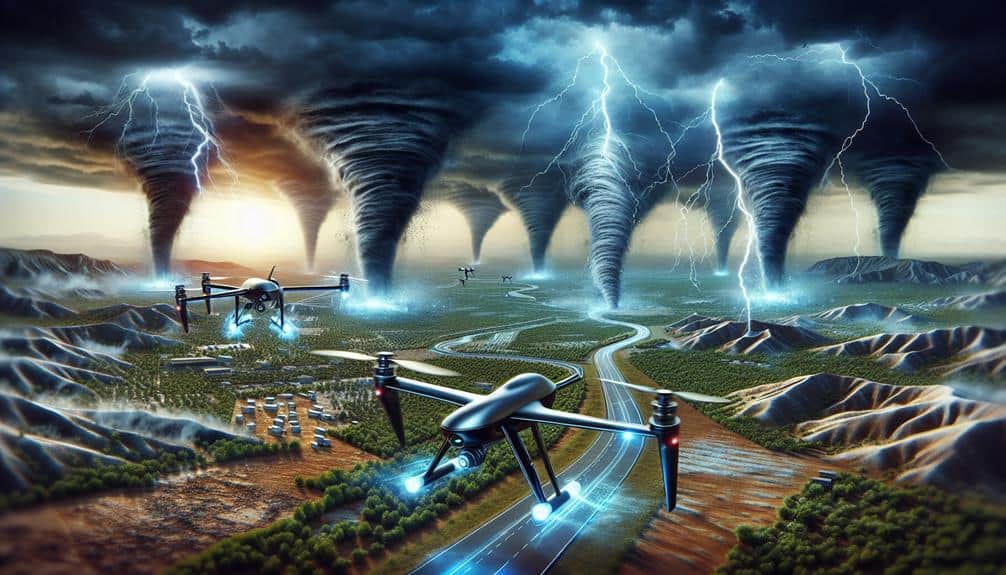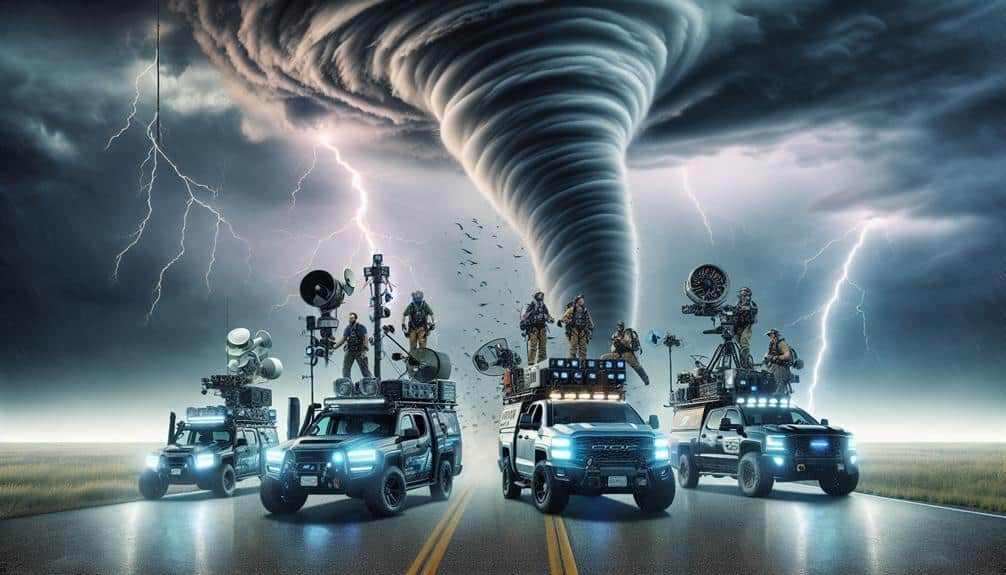Understanding Climate Change's Impact on Storm Characteristics
Understanding climate change's impact on storm characteristics shows that we're facing more intense and frequent storm systems. Rising sea surface temperatures intensify these storms, leading to higher wind speeds and an uptick in severe hurricanes. Shifting storm tracks and enhanced rainfall rates contribute to increased coastal erosion and regional shifts in precipitation patterns. Prolonged storm […]
Understanding Climate Change's Impact on Storm Characteristics Read More »
